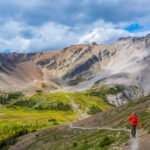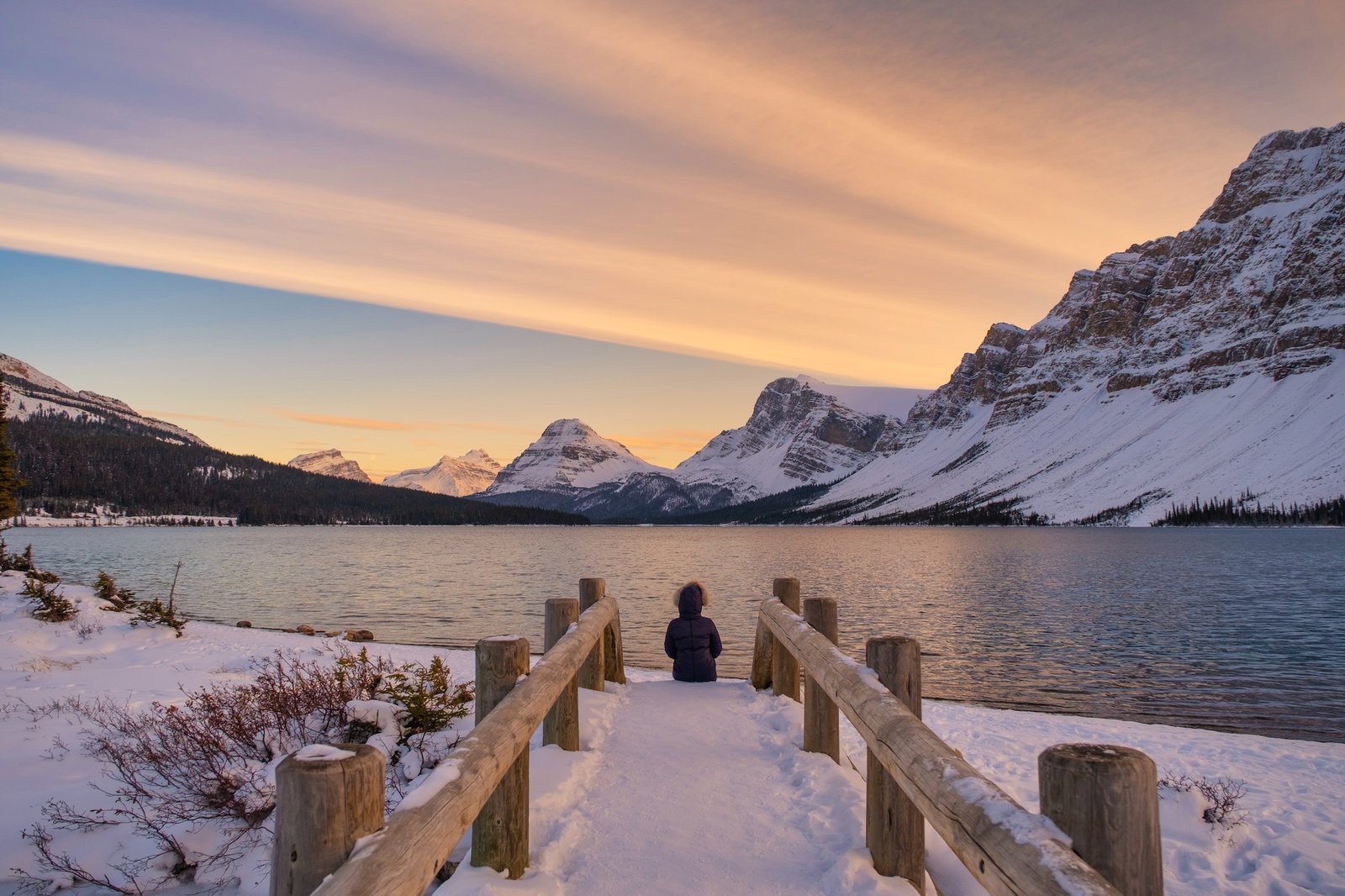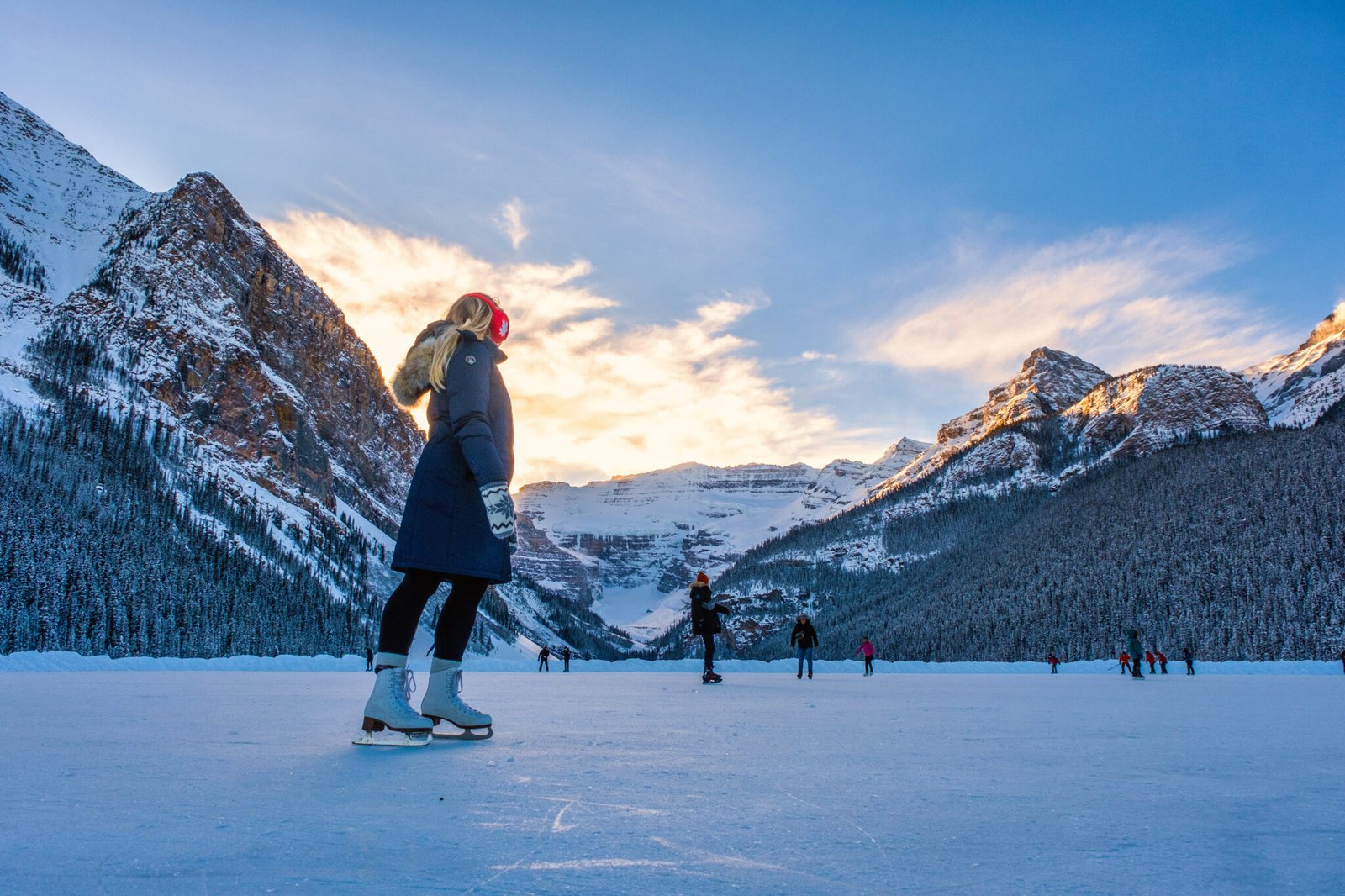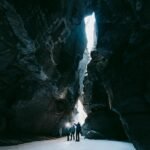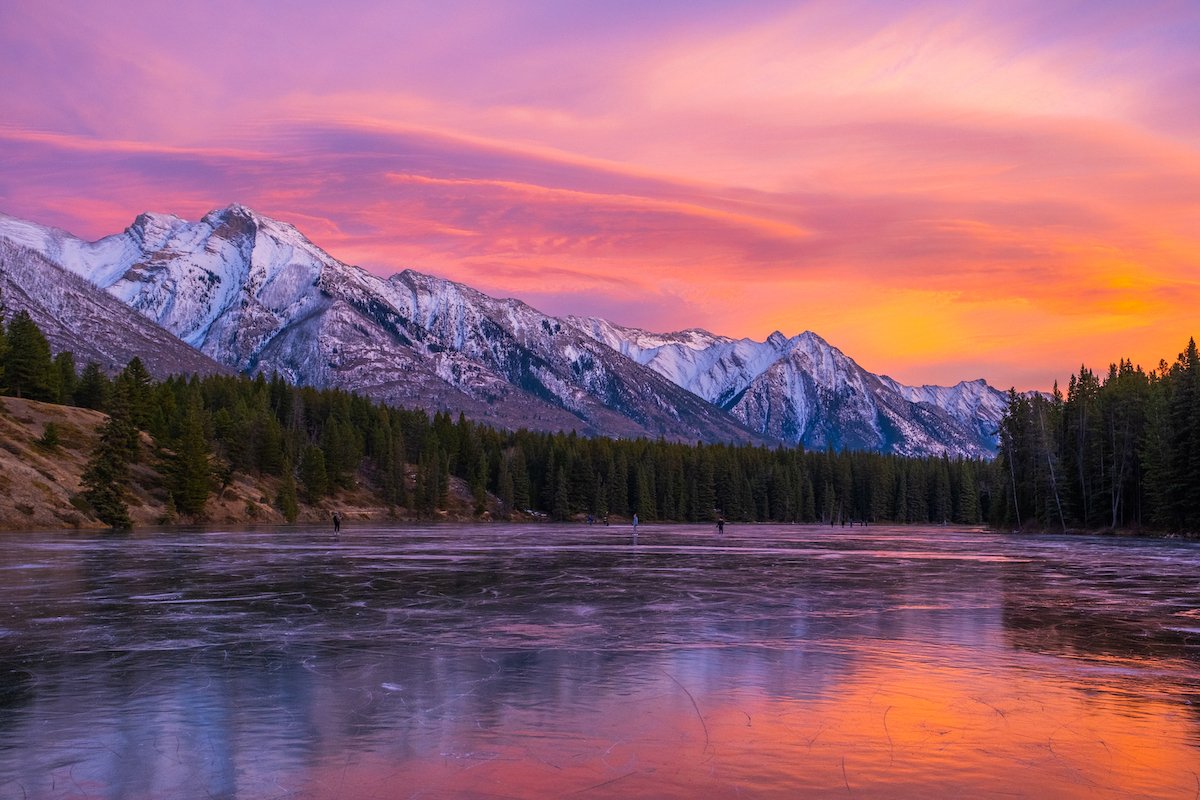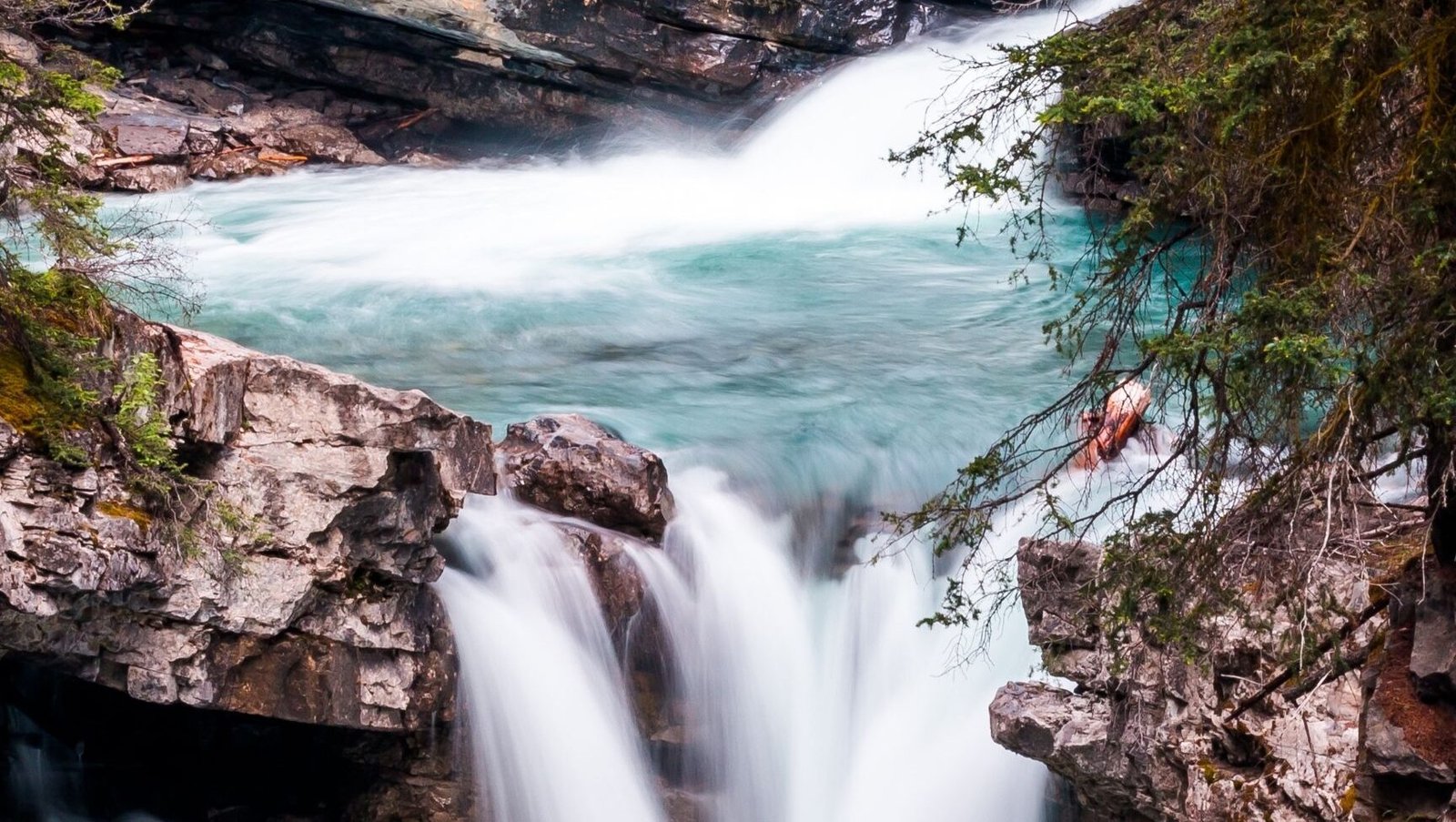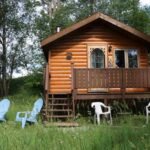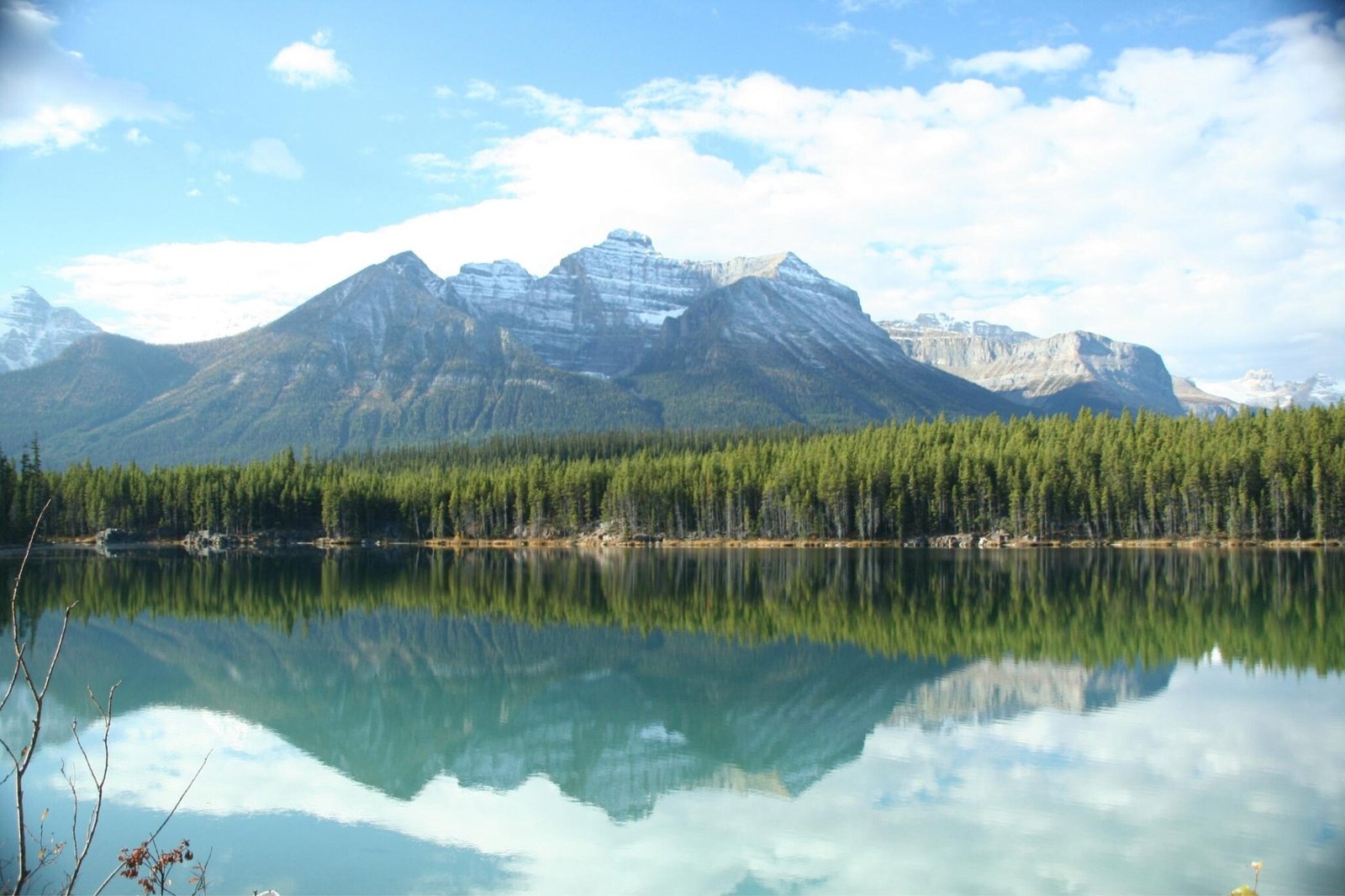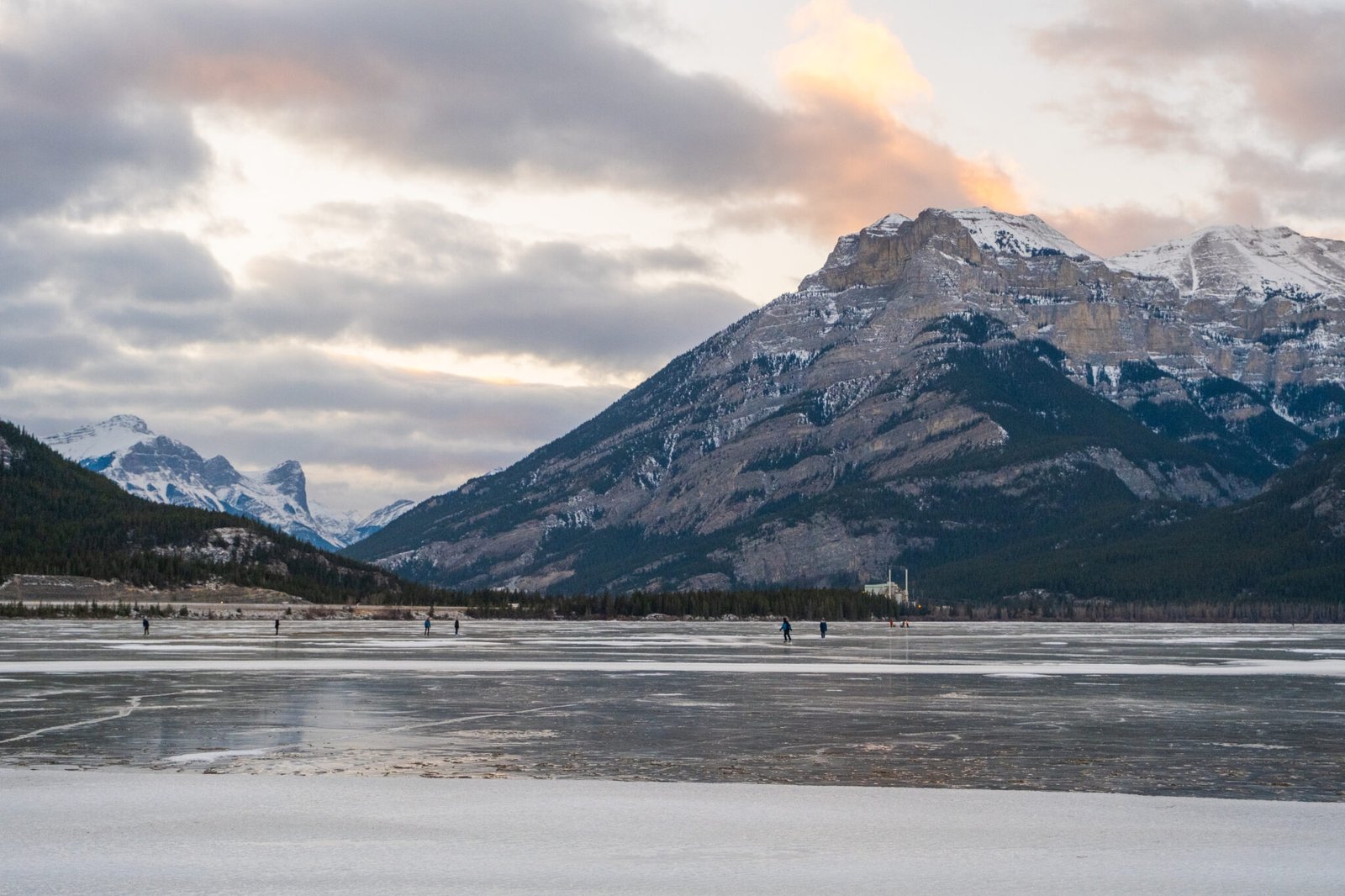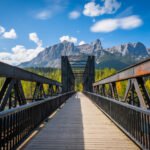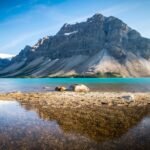One of the best wintertime activities in the Canadian Rockies is snowshoeing in Banff. When December arrives, the entire area is blanketed in a gorgeous, fluffy layer of snow, and all you want to do is enjoy being outside!
We adore the sounds of the outdoors in the winter, and you’ll be surprised at how silent a scene can be with snow masking most sounds and a few birds chirping in the distance.
You’ll have to look up along trails through forests until you come to open meadows or lakes. The sight of snow-covered trees is breathtaking. You will be humbled by the sheer magnitude of the colossal Canadian Rockies during the winter. We might be biased, but when the mountains of Banff are covered in a thick layer of snow, they look much more impressive. Get outside and take in the beauty of the Canadian Rockies during the winter months; snowshoeing in Banff is a true treat. These are our top picks for Banff snowshoe routes.
In the Canadian Rockies, Awareness of Avalanches
Avalanches cause fatalities in the Canadian Rockies almost every winter season. Snowshoers can enter avalanche terrain, often without even realizing it, although backcountry skiers, winter mountaineers, and ice climbers are the main sportsmen who suffer this tragedy.
We strongly advise snowshoers to be mindful of their surroundings and do not recommend taking any shoes into avalanche terrain. A lot of these snowshoe routes finish close to avalanche terrain, like Chester Lake and Taylor Lake.
Stories of unskilled snowshoers walking up avalanche terrain or standing right in their avalanche runout zones without realizing it have been told numerous times. Keep an eye on the weather and your surroundings at all times. During the winter, Avalanche Canada is a great resource, and if you want to go really deep into activities like ice climbing, splitboarding, backcountry skiing, or snowshoeing, you should definitely take an Avalanche Safety course.
Where in Banff You Can Go Snowshoeing
At seven kilometers one way and nearly a thousand meters of elevation gain, this is probably the most daring snowshoeing in Banff you will ever encounter. Situated at the foot of Mount Bell, the lake offers breathtaking vistas. For visitors who are active and come to Banff in the winter, it’s a very peaceful location and a great way to spend a day in the mountains.
Stay on the trail and take in the views of the neighboring Panorama Meadows, where the widely spaced trees and mounds of snow create an otherworldly atmosphere. The main drawback of this hike is that it spends most of its time in the forest, leaving little opportunity for views until the very end. Still, the payoff is fantastic!
Trail conditions can vary greatly. There are days when you can hike all the way to Taylor Lake and days when getting there without snowshoes is nearly impossible. Since skiers don’t like a damaged trail, we advise against postholing (making deep footsteps) and instead suggest using snowshoes. It also lets you take walks on the lake or explore the meadow. Remember that the slopes around the runout are avalanche territory, so you should avoid being close to it.
Speaking of skiers, splitboarding and backcountry skiing are very popular in Taylor Lake. You can see the tracks left by those who have been touring up Panorama Peak and through the meadows.
They are in avalanche territory, so DO NOT follow their tracks uphill in these areas. You should also have avalanche equipment (beacon, probe, and shovel).
Watch out for skiers who are descending the trail as you move up or down it; they can move quickly.
Canyon Johnston
The best free activity in Banff during the summer or winter is the Johnston Canyon walk. It’s genuinely enchanted and busier (albeit with fewer tourists) in the winter.

Ever find yourself standing atop a frozen waterfall? Up until the hike in Johnston Canyon, neither had we. The waterfalls of Johnston Canyon freeze over time because of the area’s altitude and the winter’s below-freezing temperatures. It’s a very strange experience that anyone can participate in.
You’ll probably run into some ice climbers when you get to the trail’s end and the most spectacular frozen fall. Make your own reservations for an ice climbing tour if you’re feeling daring. Now that there is new snow, it’s the ideal opportunity to put on some snowshoes and be the first person to discover this well-known Banff natural feature. While hiking Johnston Canyon without snowshoes is totally doable, having boots with microspikes will come in handy!
Mount Tunnel
The fact that Tunnel Mountain is located in the center of Banff makes it fantastic. Because of its accessibility—you can hike or snowshoe to its peak in the winter—it is well-liked by the locals. Despite being one of the park’s smaller mountains, it nevertheless provides breathtaking views of the valleys below.

This Banff snowshoe offers a variety of vantage points over the Bow and Spray Valleys as it slowly ascends the mountain through multiple switchbacks. It rarely lets you down and is excellent for sunrises or sunsets. Since a well-traveled trail quickly becomes packed after a fresh snowfall, most days allow hiking the path without snowshoes.
Peyto Lake
Suitable for all skill levels, this is an excellent snowshoe in Banff. The route entails walking to the first overlook and then going past it to an overlook perched atop Bow Ridge. Beyond the first viewpoint, there is only a short, 50-meter elevation gain that is well worth the effort because it offers better views of Peyto Glacier, the source of Peyto Lake.

However, since Bow Summit enters avalanche territory, you should exercise caution and mindfulness when visiting. Since it’s the park’s most accessible ski tour, you shouldn’t be shocked to see a lot of backcountry ski tourers in this crowded area.
Emerald Lake
One of the most famous winter scenes in the Canadian Rockies is Emerald Lake in Yoho National Park, which is also a great place to go snowshoeing. You can stroll on the frozen lake or take advantage of the lake’s well-maintained trails. It’s a beautiful scene, and you have some amazing scenic views.

It’s a bit of a “choose your own flavor” kind of adventure, but do remember to stay on the Parks Canada-marked Emerald Avalanche Slide Path. After exploring the frozen lake, stop at the Cilantro Cafe in the Emerald Lake Lodge to warm up with a hot chocolate.
Bow Lake

A great place to go snowshoeing on the Icefields Parkway is Bow Lake. The frozen lake has no designated trail, but there are plenty of breathtaking vistas and plenty of new snow to be found. Furthermore, the flat, secure lake does not pose an avalanche risk.
Chester Lake
For those who prefer Canmore over Banff, Chester Lake makes more sense because it is situated in Kananaskis Country Provincial Park rather than Banff National Park. It’s a great snowshoe and a big favorite in Canmore.
Therefore, even if it hasn’t snowed in a while, you can still go on a winter hike. However, since the snow softens as you ascend, having snowshoes is helpful if you intend to go to the lake. Be ready to climb a little elevation at first because it begins quite steeply. It’s a great place to enjoy Kananaskis Country when it’s cold outside.
Sulphur Mountain
Without a doubt, one of the most well-liked hikes in Banff National Park is up Sulphur Mountain. Visitors can enjoy breathtaking views over Spray Valley and Bow Valley from this lovely hike.

The trail heads up Sulphur Mountain via a sequence of switchbacks before arriving at the Gondola Station. It departs from the Banff Gondola or Banff Hot Springs parking lots. To reach the summit and take in the breathtaking views over the valley and Banff, follow the boardwalk that hugs the ridge.
While hiking is an option, many prefer to take advantage of the winter scenery by breaking out their snowshoes.
Sulphur Mountain gets very busy, especially at the peak, because of its closeness to Banff town and the option to take the Banff Gondola up to the summit rather than exerting yourself on the trail.
Lake Louise Area
A snowshoe tour around Lake Louise is highly recommended. It’s difficult to find a more picturesque place on Earth to go snowshoeing than Lake Louise. Each year, Lake Louise freezes over, offering ice skating, horse-drawn sleigh rides, and several winter trails.

Though you can also go to Mirror Lake or Paradise Creek, the most well-liked snowshoeing area is on Lake Louise’s northern shore. Alternatively, take in Fairview Lookout, Louise Creek, and the Lake Louise Lakeshore.
Ski Louise

Lake Louise Ski Resort offers guided snowshoe tours if you’d like to go on a snowshoe at an altitude. Although we don’t participate in these snowshoe excursions, we do ride at Lake Louise and frequently spot tourists there. Make a tour reservation here.
Paint Pots

Another quick and easy hike in Kootenay National Park, the Paint Pots trail is located just off of Highway 93 south and gains very little elevation. This beautiful area, which receives a lot of snowfall, is located 19 km west of Castle Mountain Junction. When combined with Marble Canyon, it’s an excellent snowshoe that lasts all day.
Wapta Falls
Another snowshoe that is located just outside of Banff is Wapta Falls. One of the best things to do in Yoho is to visit the largest waterfall on the Kicking Horse River. One of the most striking sights in the Canadian Rockies, it stands 18 meters high and 107 meters wide. Though I believe it’s most magical in the winter when the water turns to ice, it’s still a great and short hike in the summer.

This is a fantastic winter hike, but it’s also a great place to snowshoe. Although the trail is longer and mostly meanders through the woods, Wapta Falls awaits you with breathtaking views.
Marble Canyon
Marble Canyon is located on Highway 93 in Kootenay National Park, not far from Banff National Park. This is an excellent destination if you are lodging at the neighboring Storm Mountain Lodge.

This is a simple snowshoe walk that allows you to see Marble Canyon’s stunning colors. It’s impressive to see the deep limestone gorge eroded by Tokumn Creek’s frozen waters.
You can try your luck at spotting a hare by walking through the forest with snowshoes and using walkways to facilitate viewing around Marble Canyon. You can hike this snowshoe as well, but if you only have winter boots, you should bring microspikes because the trail can get slick.
Snowshoes in Banff
These Banff snowshoes traverse through an avalanche runout, or at minimum, avalanche terrain. Please be well-versed in the conditions that can trigger an avalanche and know how to read avalanche reports.

I would highly suggest enrolling in an AST 1 course to obtain a foundational understanding of the science behind avalanches and what to do in their event if you’re determined to venture out on larger snowshoes in the Canadian Rockies. Offering frequent avalanche courses is Yamnuska Mountain Adventures.
If I’m going to take the chance, I would much rather go ski touring than participate in these snowshoeing activities. On the other hand, I can comment on several of the ski touring routes because I am familiar with them.
Snowshoe Winter Safety in Banff
In the park and even throughout the town, you are in charge of your own safety. Being unprepared can have major repercussions when engaging in activities like snowshoeing and spending time in the wilderness.
- For the most recent information on trail conditions and the avalanche forecast, check Parks Canada, Avalanche.ca, and the Avalanche Bulletin.
- A pair of poles or cleats may be more useful than snowshoes on icy trails.
- When using longer snowshoes, always carry a map.
- Always have an extra layer on hand in case you need to withstand the cold. Pack emergency layers.
- In the event of an emergency, let someone know where you are going.
- There are numerous wintertime risks to be mindful of, including frostbite, thin ice, avalanches, and disorientation.
What to Bring for a Winter Hike
When preparing for your snowshoe hike in Banff, pack for the winter. When we go hiking in the mountains, we dress in layers. A general list of items to bring is as follows:
- Bars of protein and snacks
- Bear Grease Hiking Sticks
- first aid package
- An emergency blanket
- Sunscreen and eyewear
- Headlight
- warmers for hands
- mittens, a neck warmer, and a cap
- Handy phone and Garmin within grasp
In the winter, wildlife awareness in Banff
Even though it’s winter, I still like to hike in the winter with bear spray on. Bears can wake up at any time; they are not true hibernators. Moose, wolves, coyotes, and cougars are year-round active. Watch out for owls, deer, elk, and foxes as well!
Avoid approaching any wildlife you come across. Allow them ample room and refrain from forcing them to alter their path. Generally speaking, you are too close if you cause wildlife to alter their path or move.
Where in Banff to Rent Snowshoes
Snowshoe rentals are available in a few locations in Banff, Canmore, and Lake Louise. It might be worthwhile to purchase a pair at Canadian Tire in Canmore if you anticipate going snowshoeing frequently.
